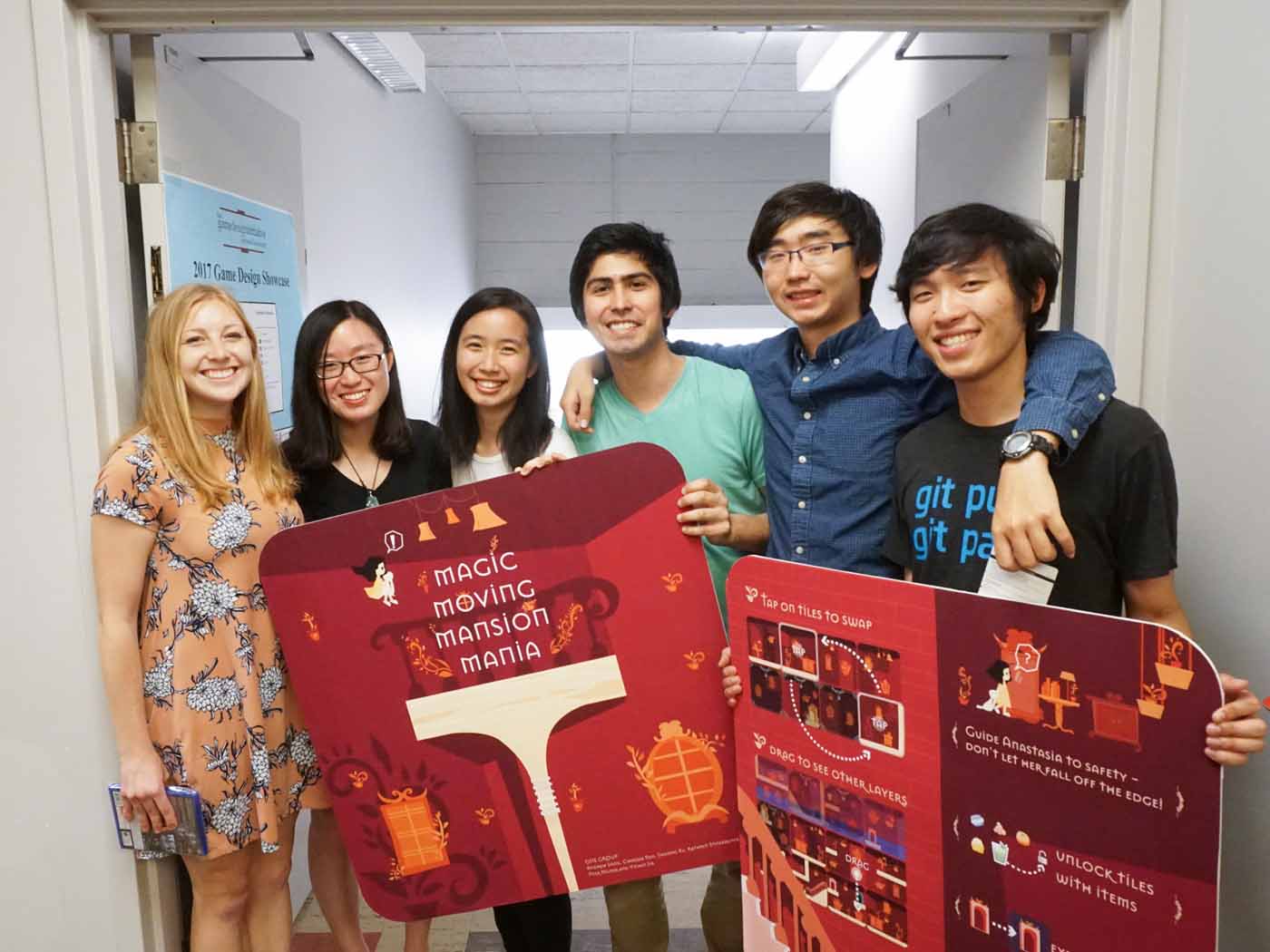Magic Moving Mansion Mania



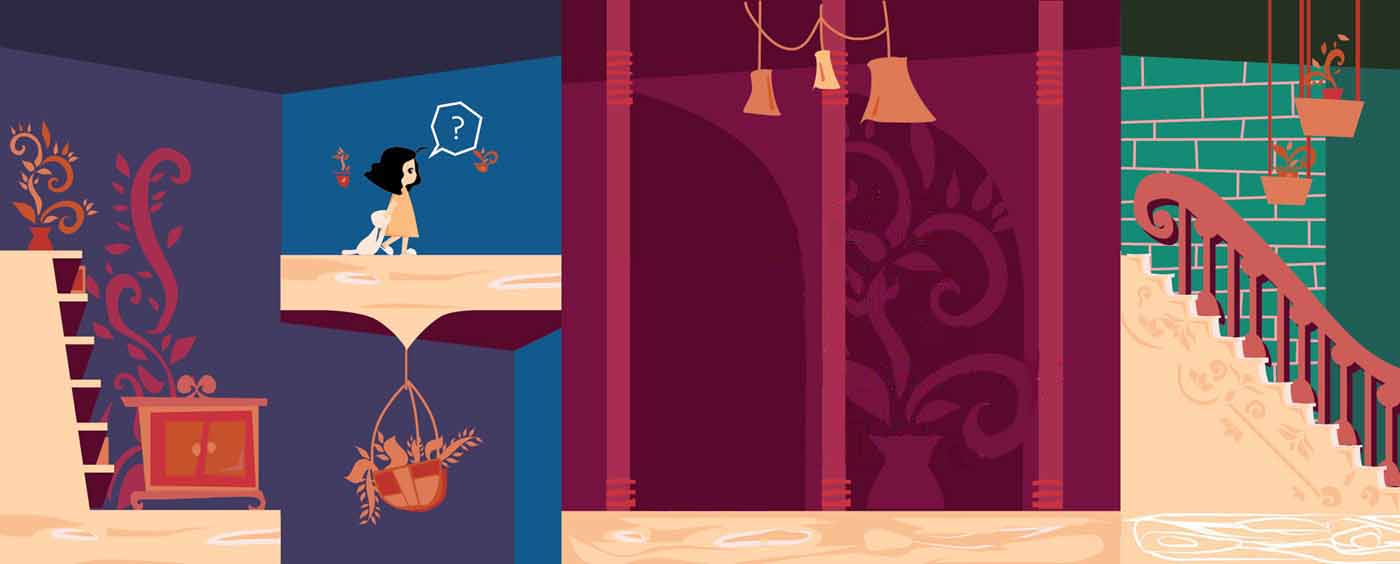
Overview
The Challenge: We had four months to make a mobile game. I was the Design Lead in a team of six: two designers and four programmers.
The Goal: To design and build a lovable mobile action-puzzle-platformer for iOS and Android.
Outcome
Magic Moving Mansion Mania is a mobile action-puzzle-platformer for iOS and Android. It was conceptualised and created in four months under the Game Design Initiative at Cornell (GDIAC).
Anastasia is lost in a magical mansion where the rooms move in mysterious ways.
Help guide her to safety, but don’t let her fall into nothingness!
Awards
Magic Moving Mansion Mania was awarded the Best Student Game at the 2017 Boston Festival of Indie Games, and the Most Polished Game and 2nd Place Audience Choice at the 2017 GDIAC Showcase.
Game music is by Setuniman from freesound.org and the #GameAudioGDC Bundle from Sonniss.
Gameplay Summary
Since Anastasia is lost, she continuously walks forward. Players cannot control her movement, but can control the gameplay environment, comprising 8 square tiles. Tapping on two different tiles will swap their locations, so that Anastasia continues walking safely and does not fall through gaps in the floor. Locked tiles add another layer of complexity to the game, as do multiple layers in the mansion, which expand the gameplay space to 16 or 24 tiles.
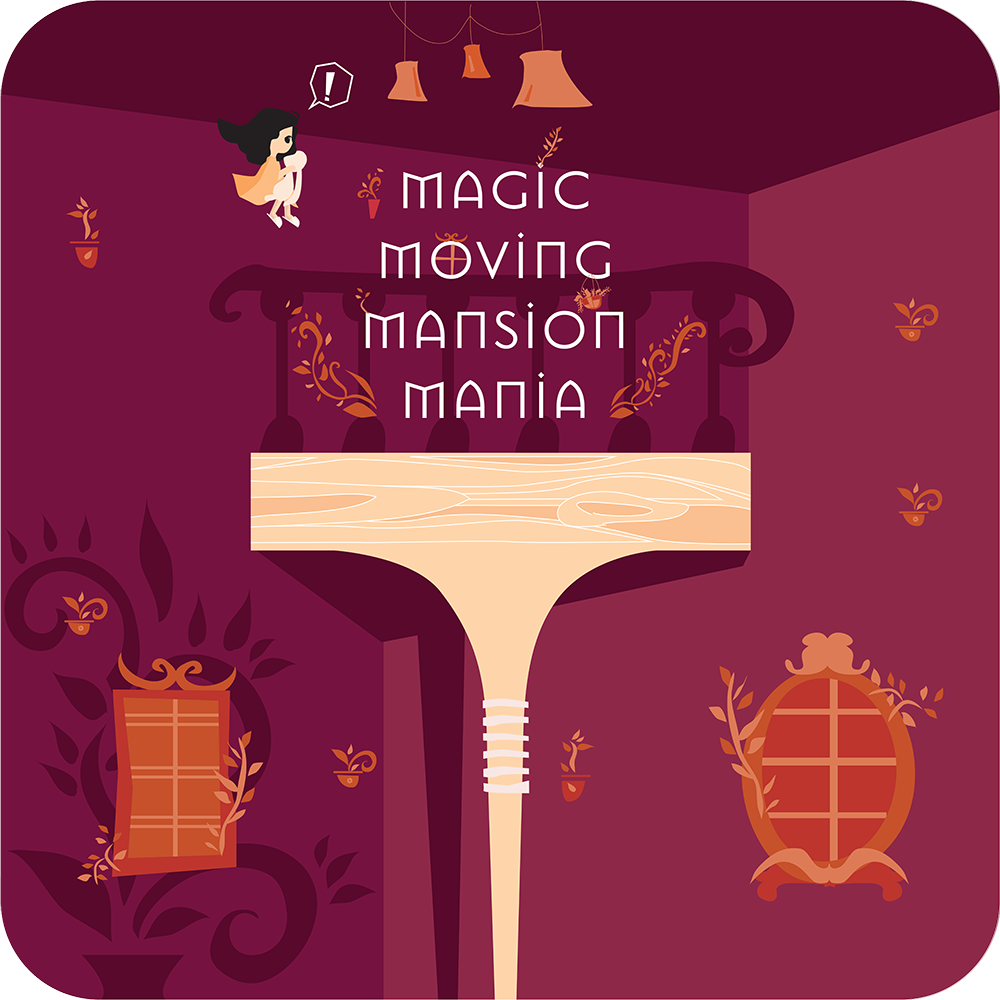
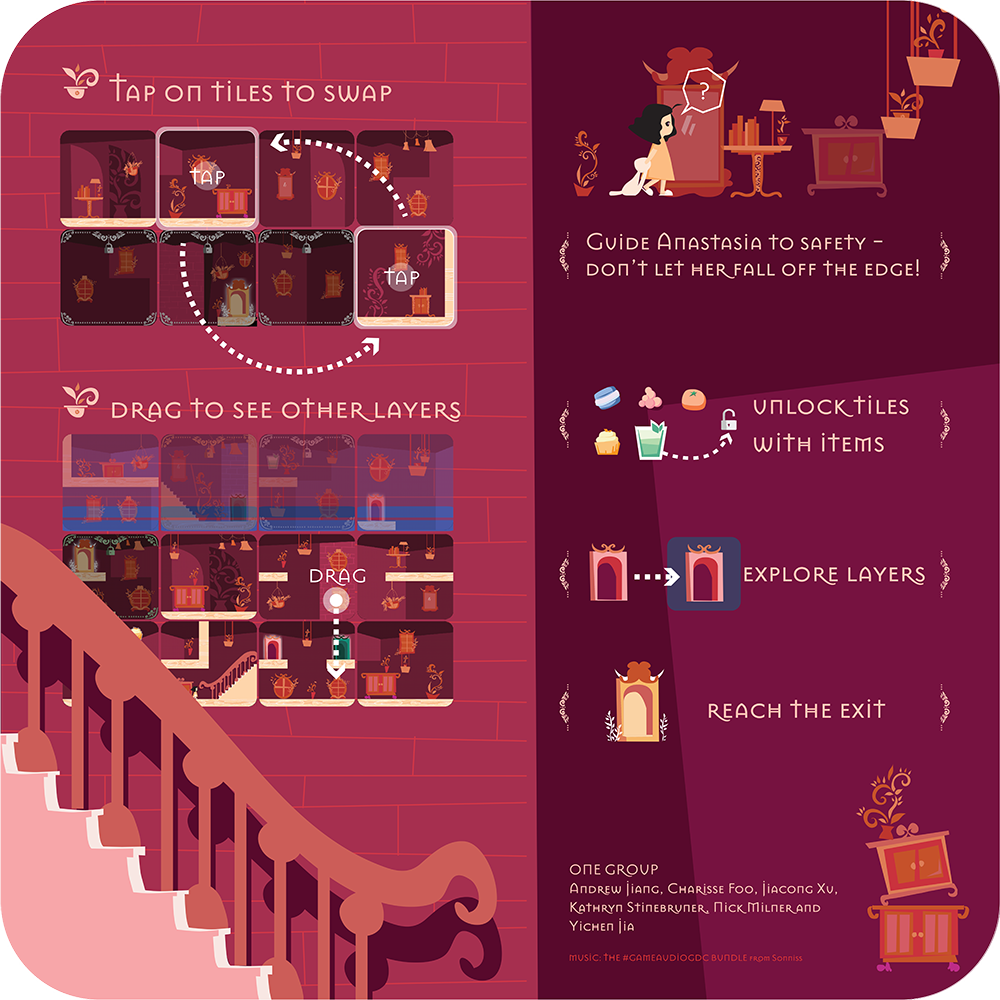
Design Goals
- Provide the player with mentally stimulating puzzles - a puzzle game.
- Provide a sense of urgency; force the player to make quick decisions - an action game.
- Provide a sense of wonder - a game you love.
Target Audience
The game is targeted at puzzle and mobile gamers. Earlier levels are accessible to casual gamers, while later levels ramp up the difficulty to satisfy hardcore puzzle gamers. Aesthetically, it appeals to players who like a colourful, whimsical, and magical atmosphere.
Paper Prototype
Our first prototype was a test of gameplay mechanics with cardboard tiles that could be physically moved around. The experience from this playtesting was significant in highlighting the importance of the game’s UI, so players could understand how they were switching tiles. It also highlighted mechanics and interactions that we had to clarify within the team, such as:
- Is the side of the phone screen a wall? (Decision: No)
- Does the character automatically enter every door? (Decision: Yes)
- Should players be able to tap to open or close doors? (Decision: No)
- Can the character survive a fall? (Decision: No)
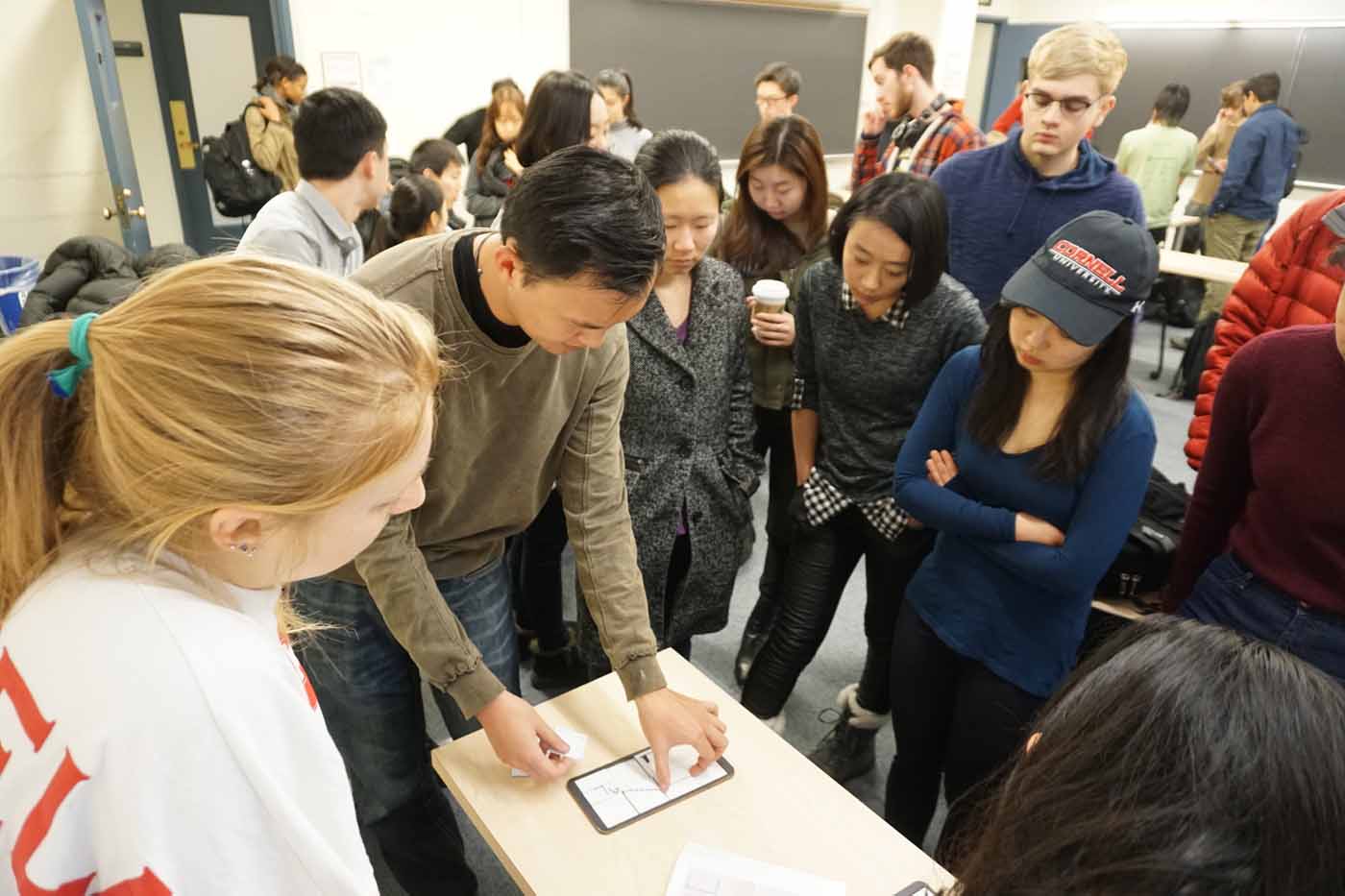
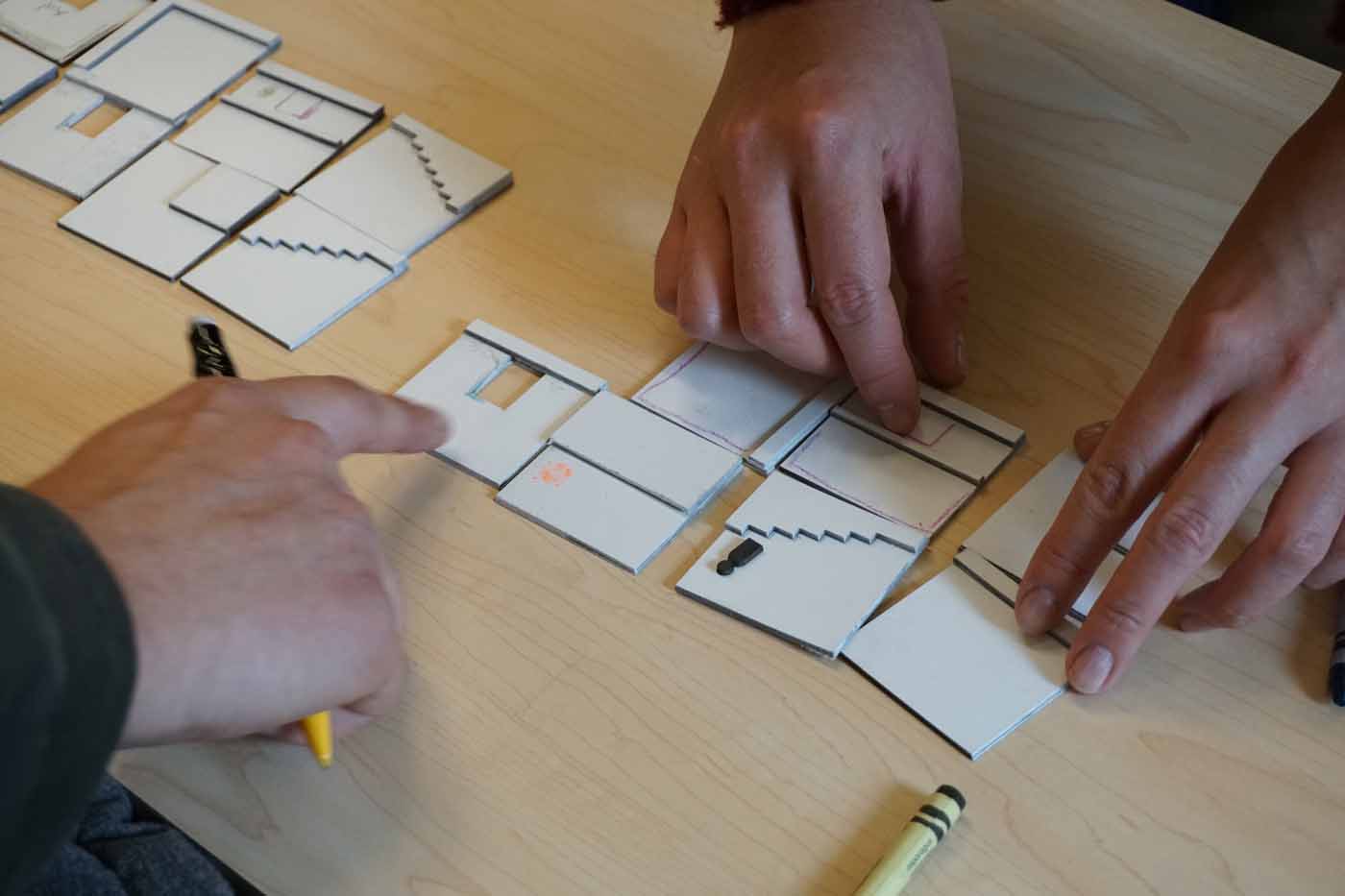

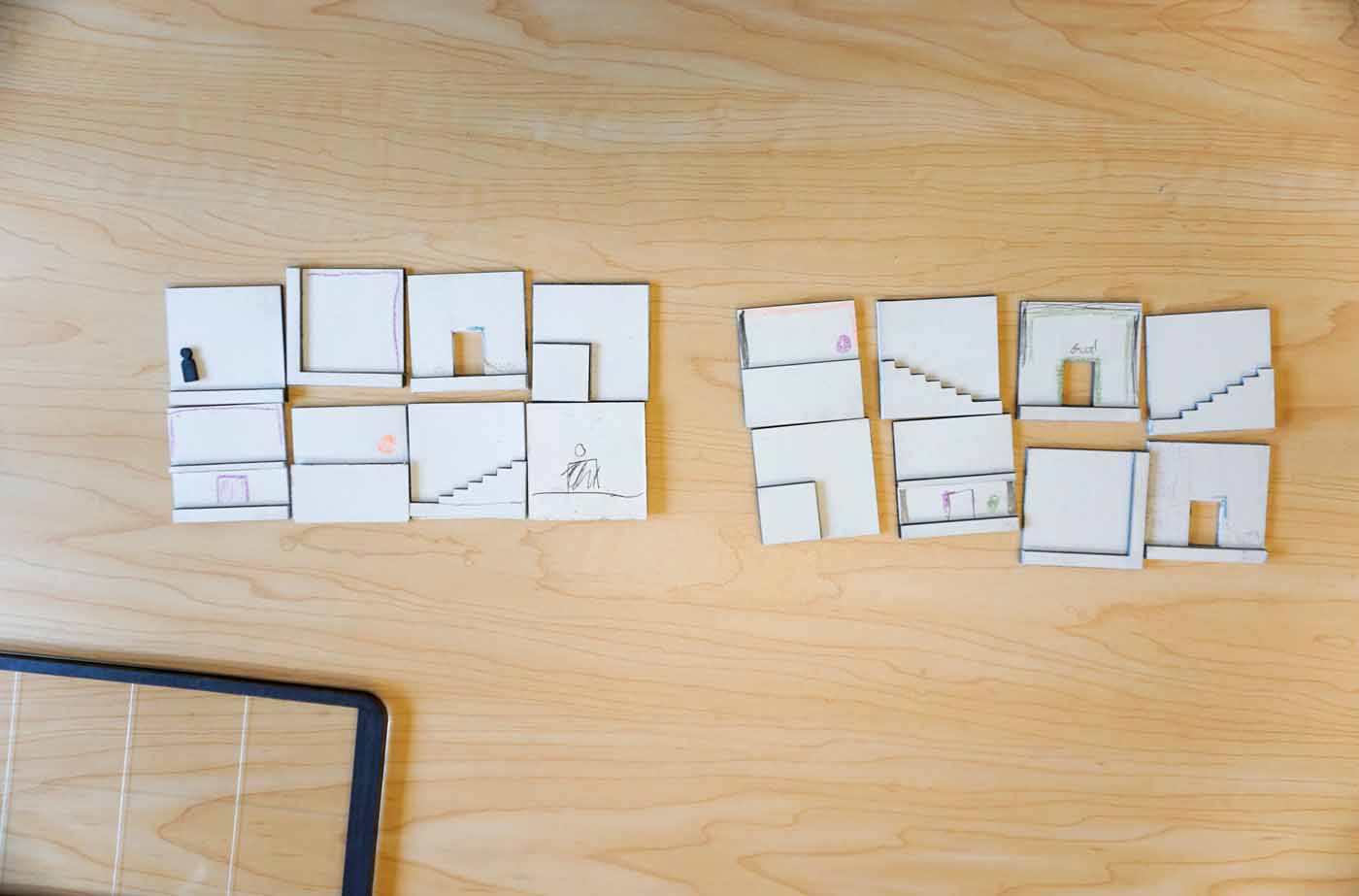
User Testing
We conducted two formal rounds of user tests, after the alpha and beta releases of our game respectively. In the test, we asked our friends to play the game, observed their interactions with the game, and asked them to write down the things they found interesting, frustrating, and exciting, as well as their estimates of how long they needed to complete a level.
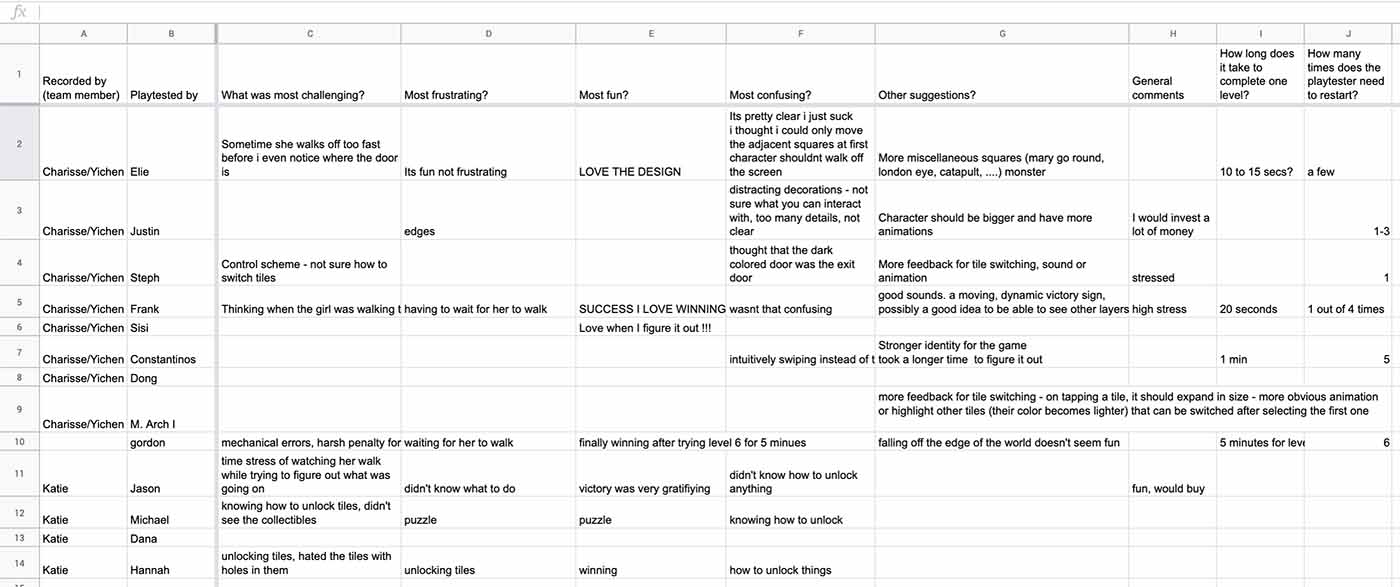
It was insightful to see what frustrated players and brainstorm how we could improve their gaming experience. Improvements to the UI and additional animations were needed to clearly indicate what players could and could not interact with. As gameplay is fast-paced by design, with the protagonist Anastasia continuously walking forward, players reported feeling stressed at times, while, at other times, feeling impatient at having to wait for the character to walk forward when they had already planned out her path. This feedback resulted in the implementation of the speed-up button to increase Anastasia’s walking speed for players who were already comfortable with the game.
Art Assets
As designers, Yichen and I worked on character and environment art, UI/UX design, and promotional material.

The environment was colour-coded from the start, with different layers of the mansion being clearly differentiated by colour. This stayed consistent as we added more interactive and decorative elements.
Version 1:

Version 2:
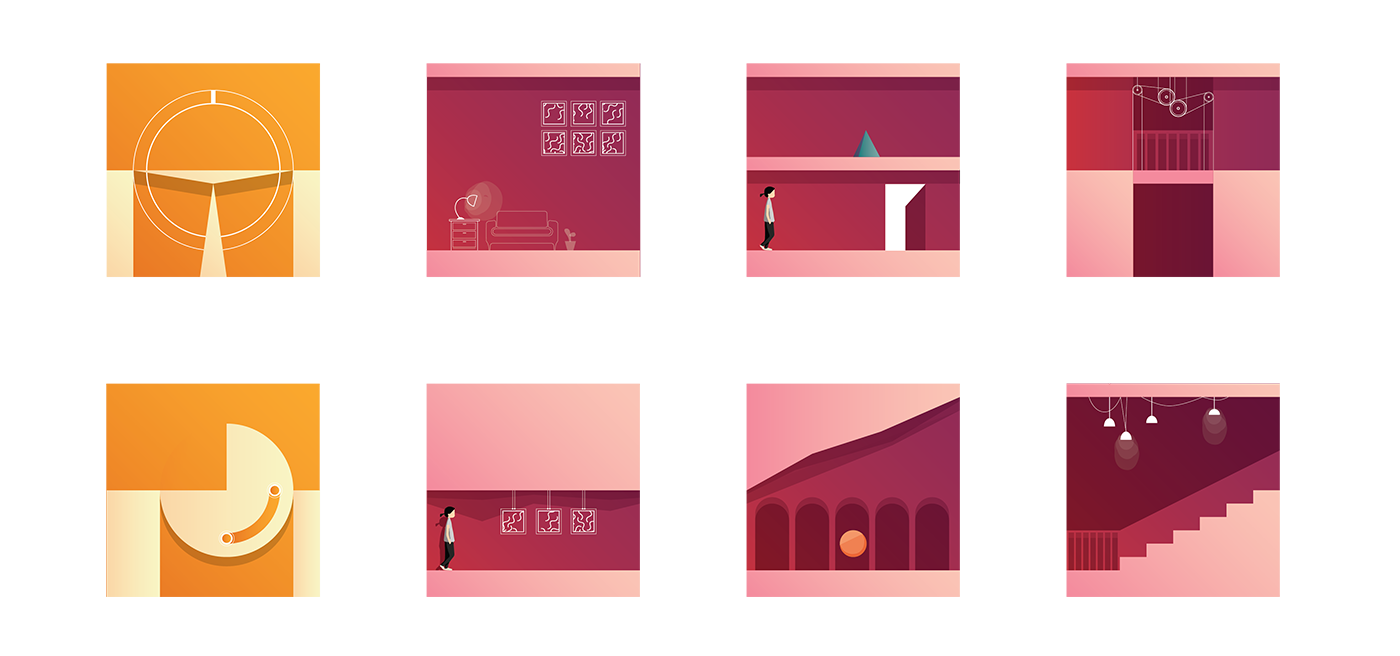
Version 3:
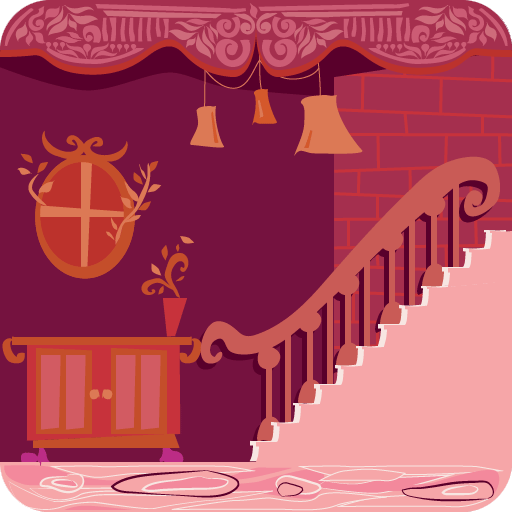
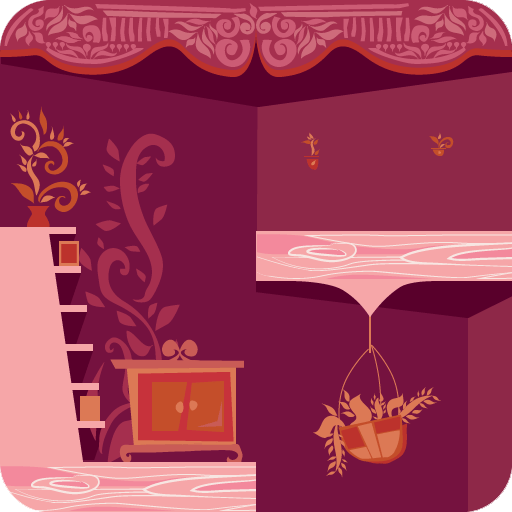
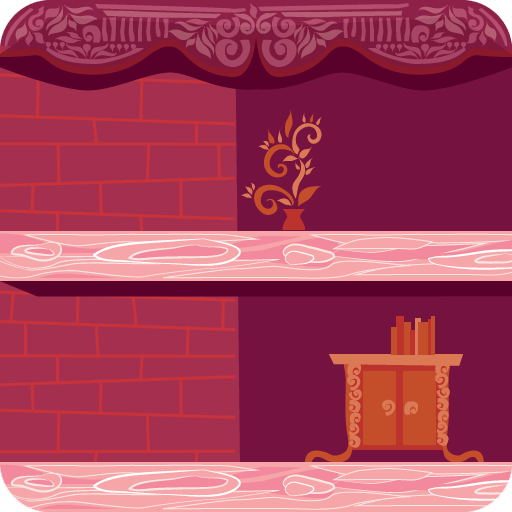
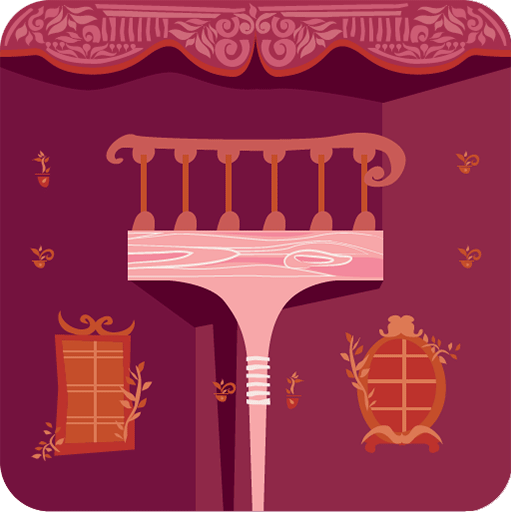
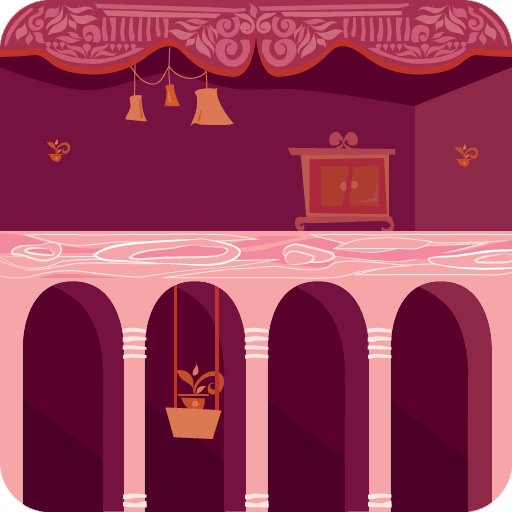

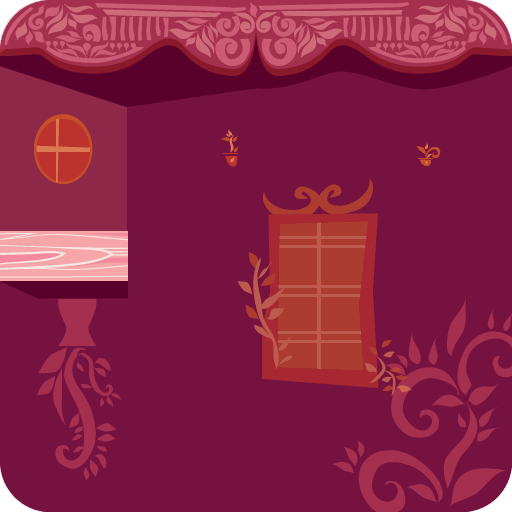

Screenshots
For more information, check out our Facebook page.
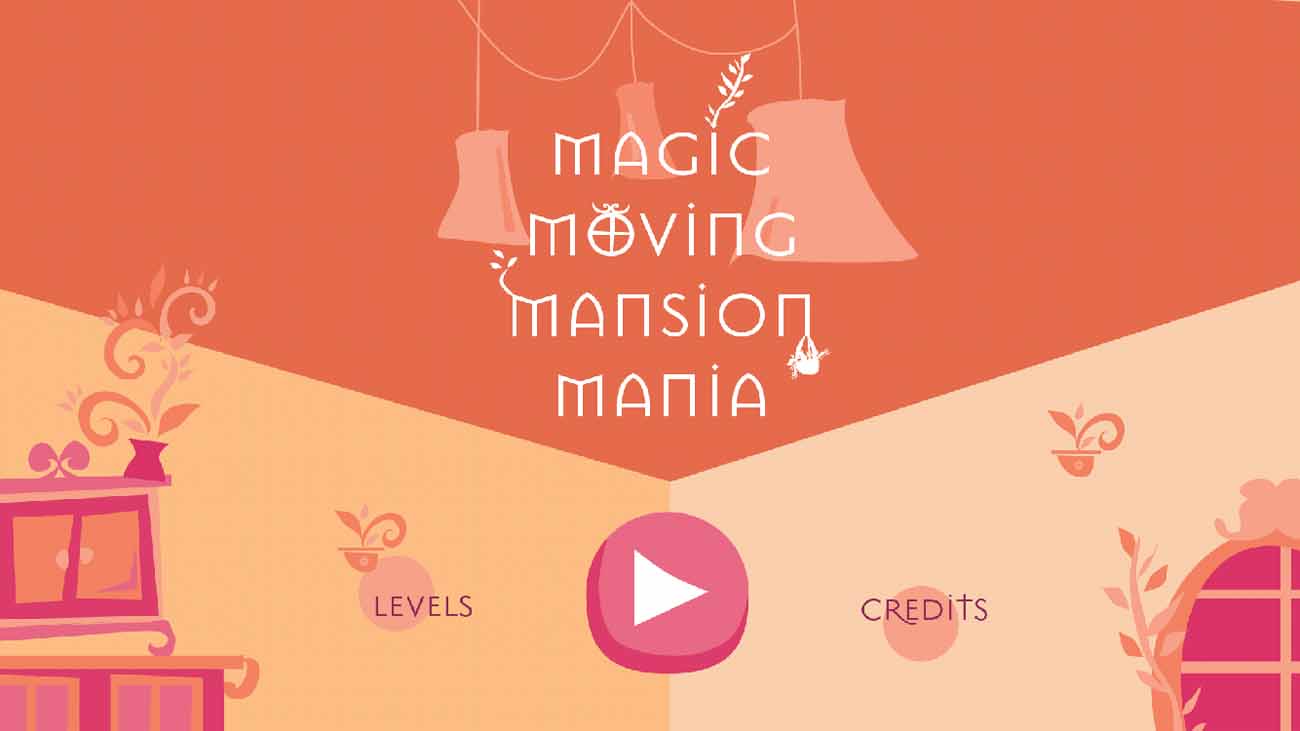
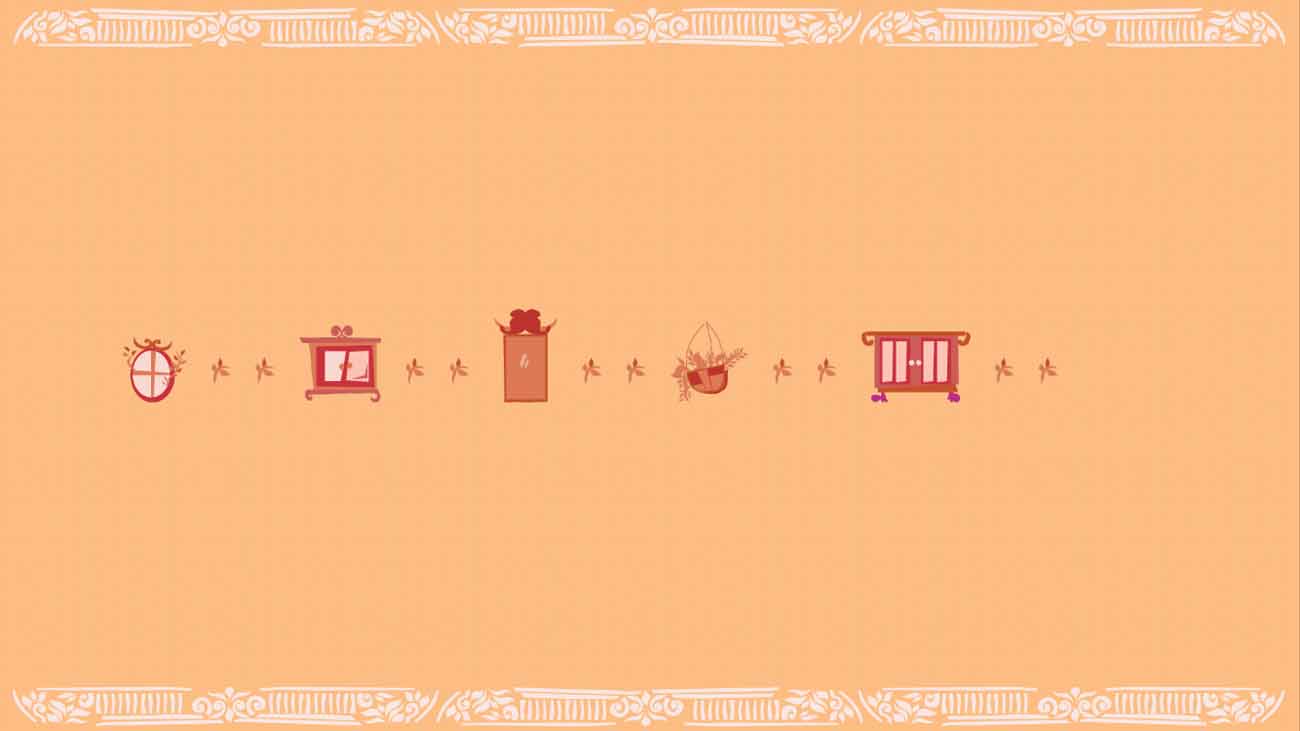
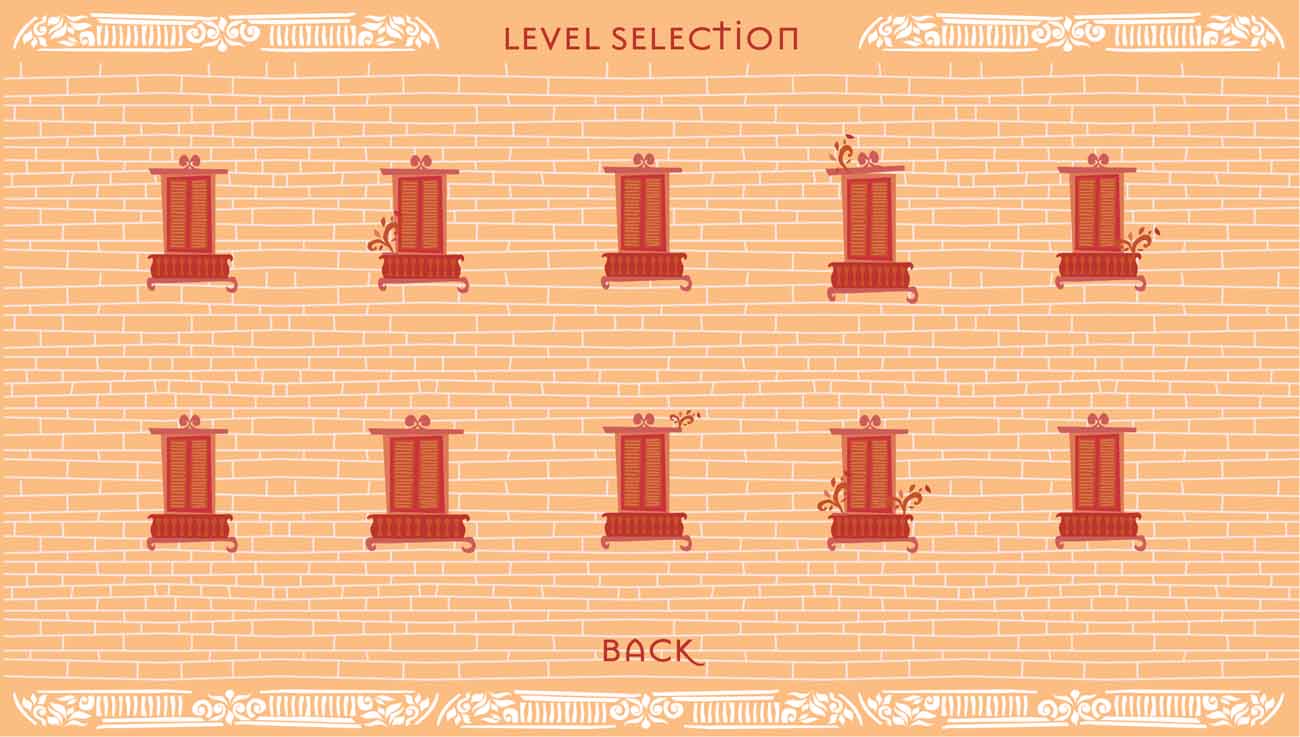
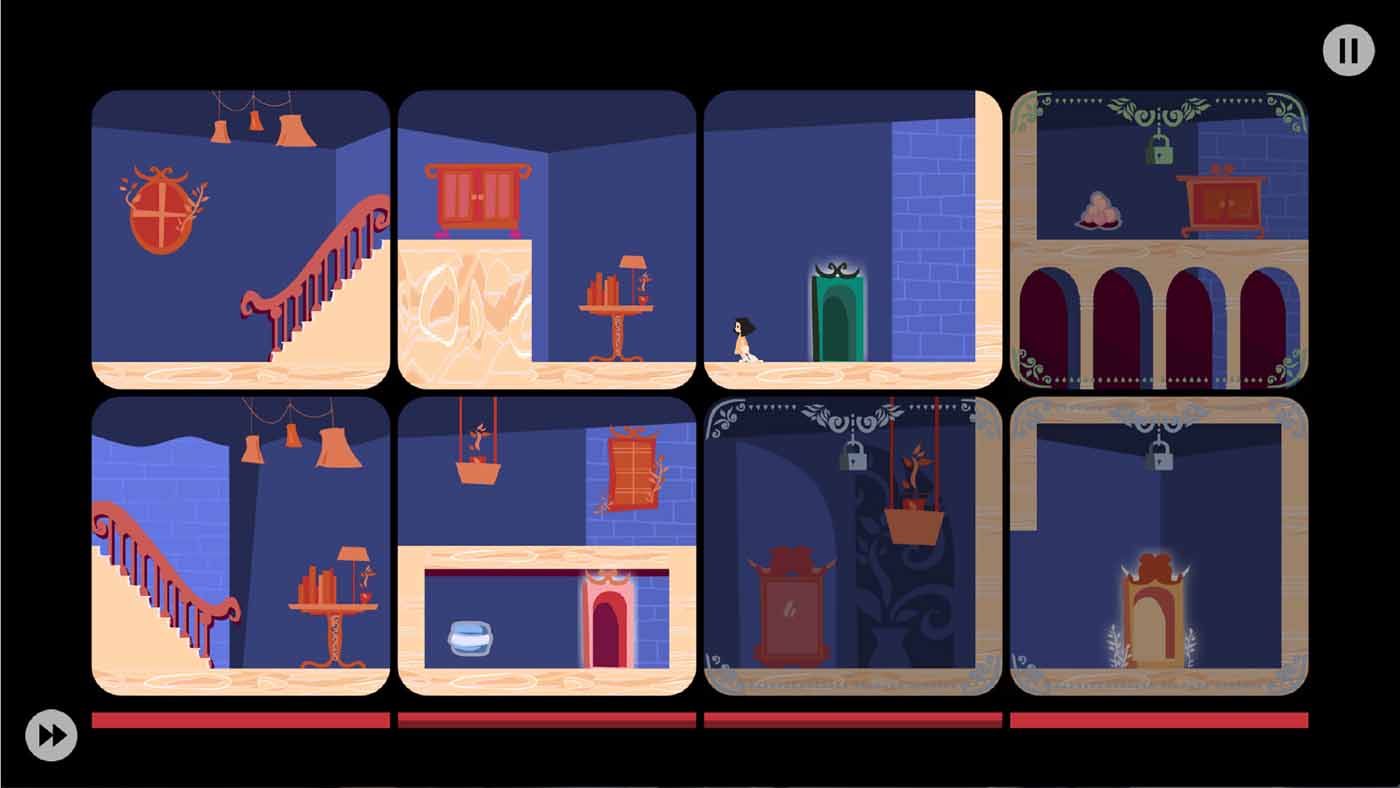


Boston Festival of Indie Games
It was a privilege to be part of the 2017 Boston Festival of Indie Games, and an even greater and unexpected one to be awarded the Best Student Game at the festival. Meeting so many other indie game developers and designers was a real inspiration.
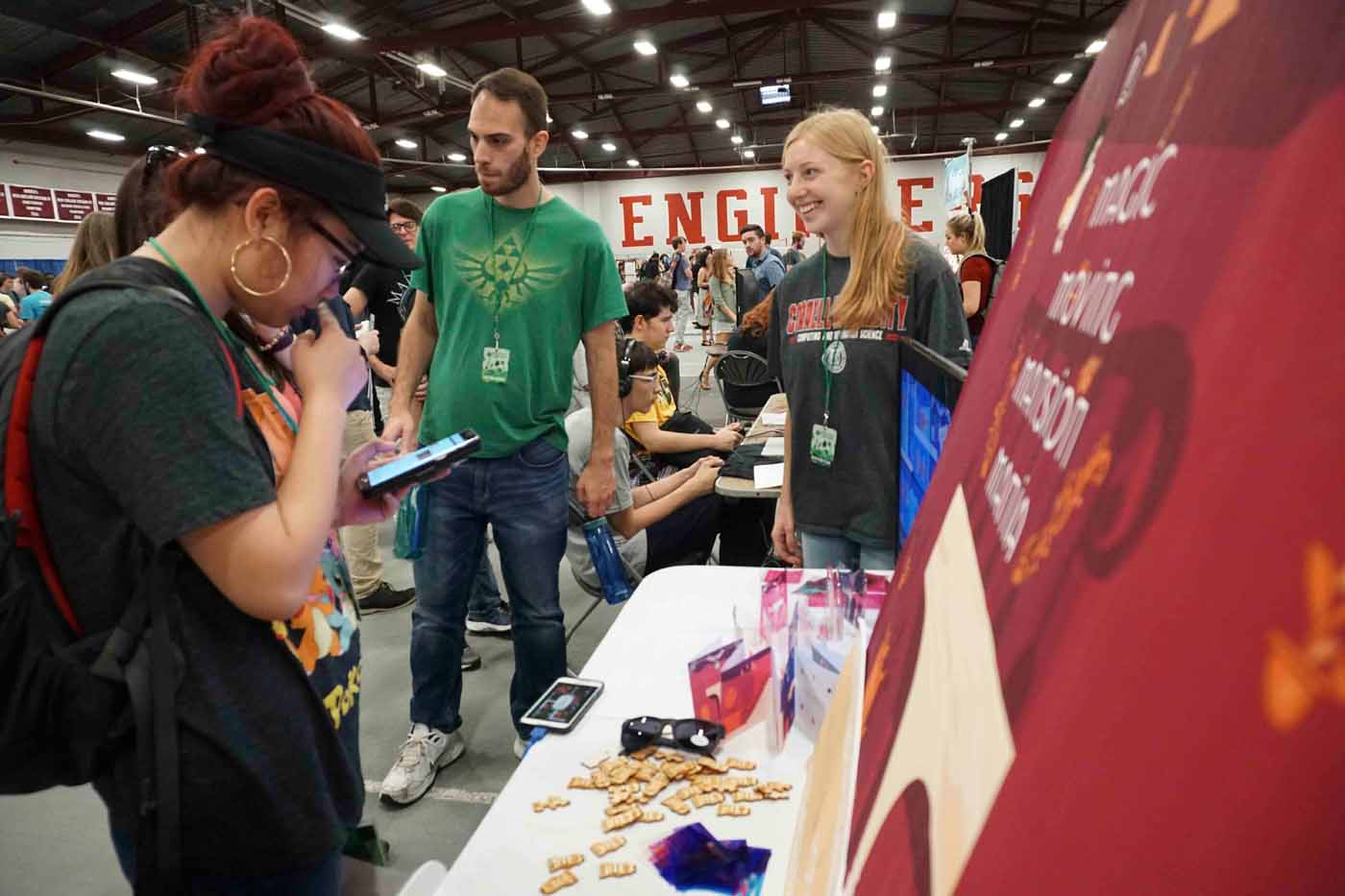
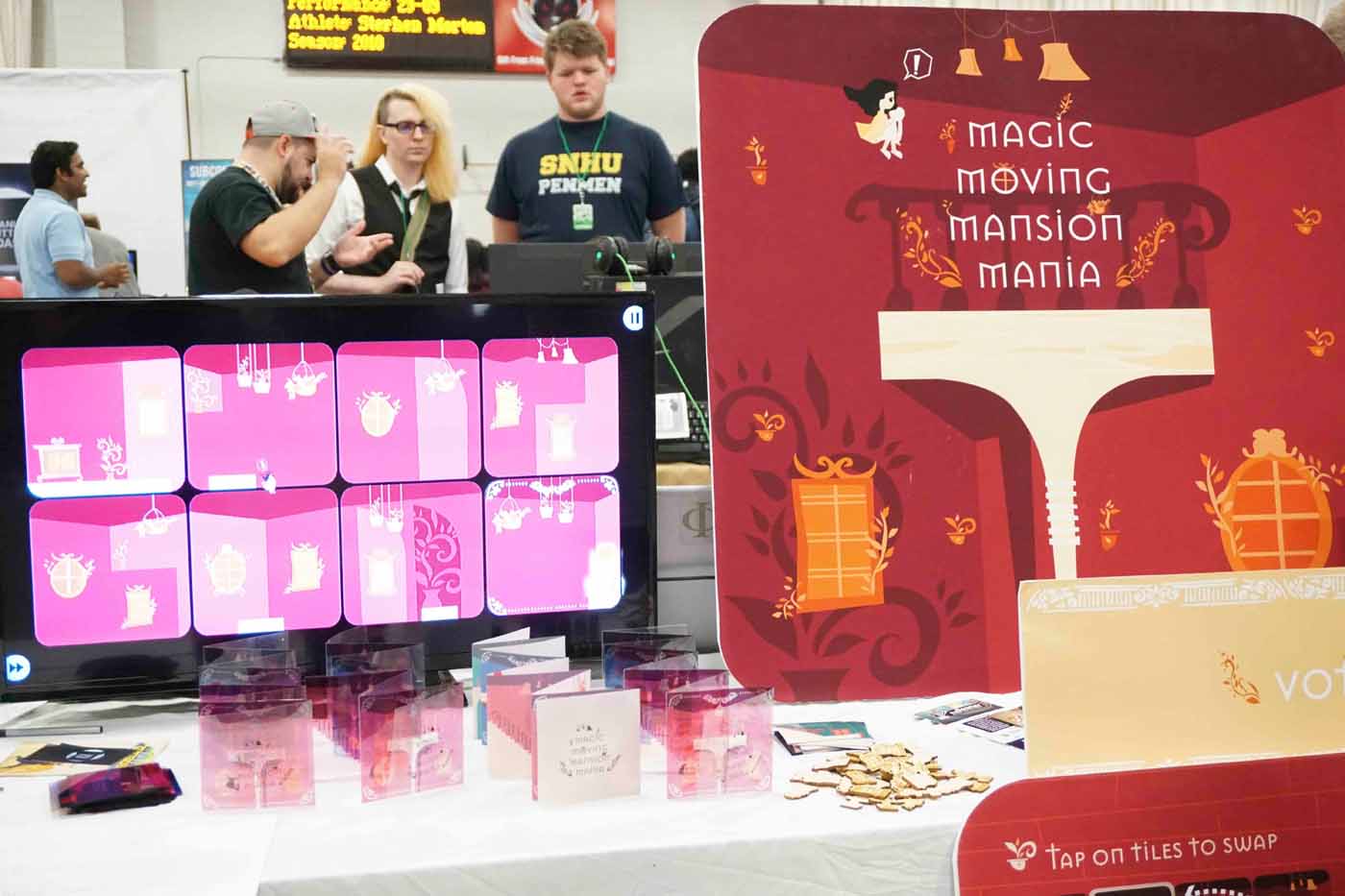
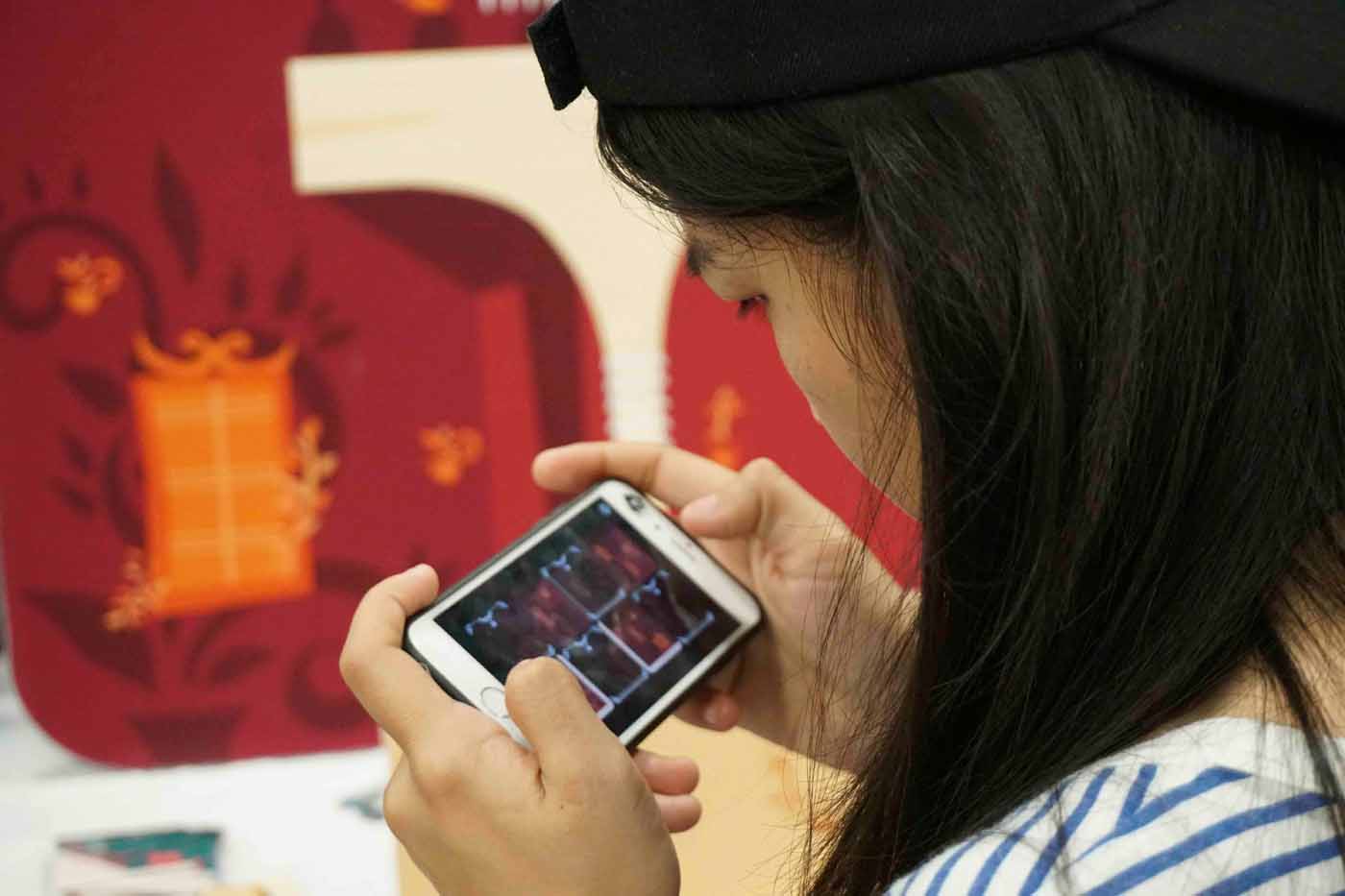
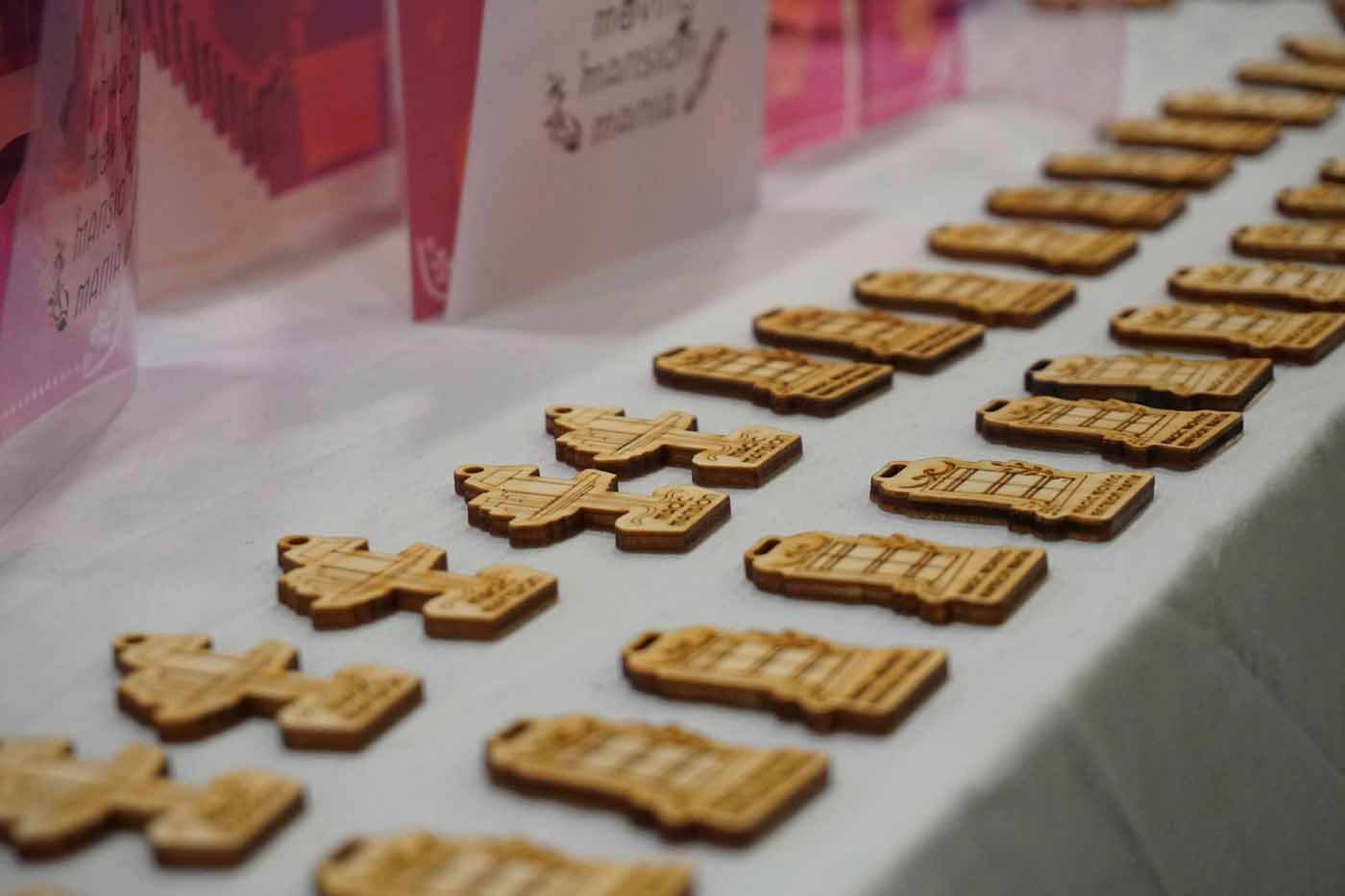
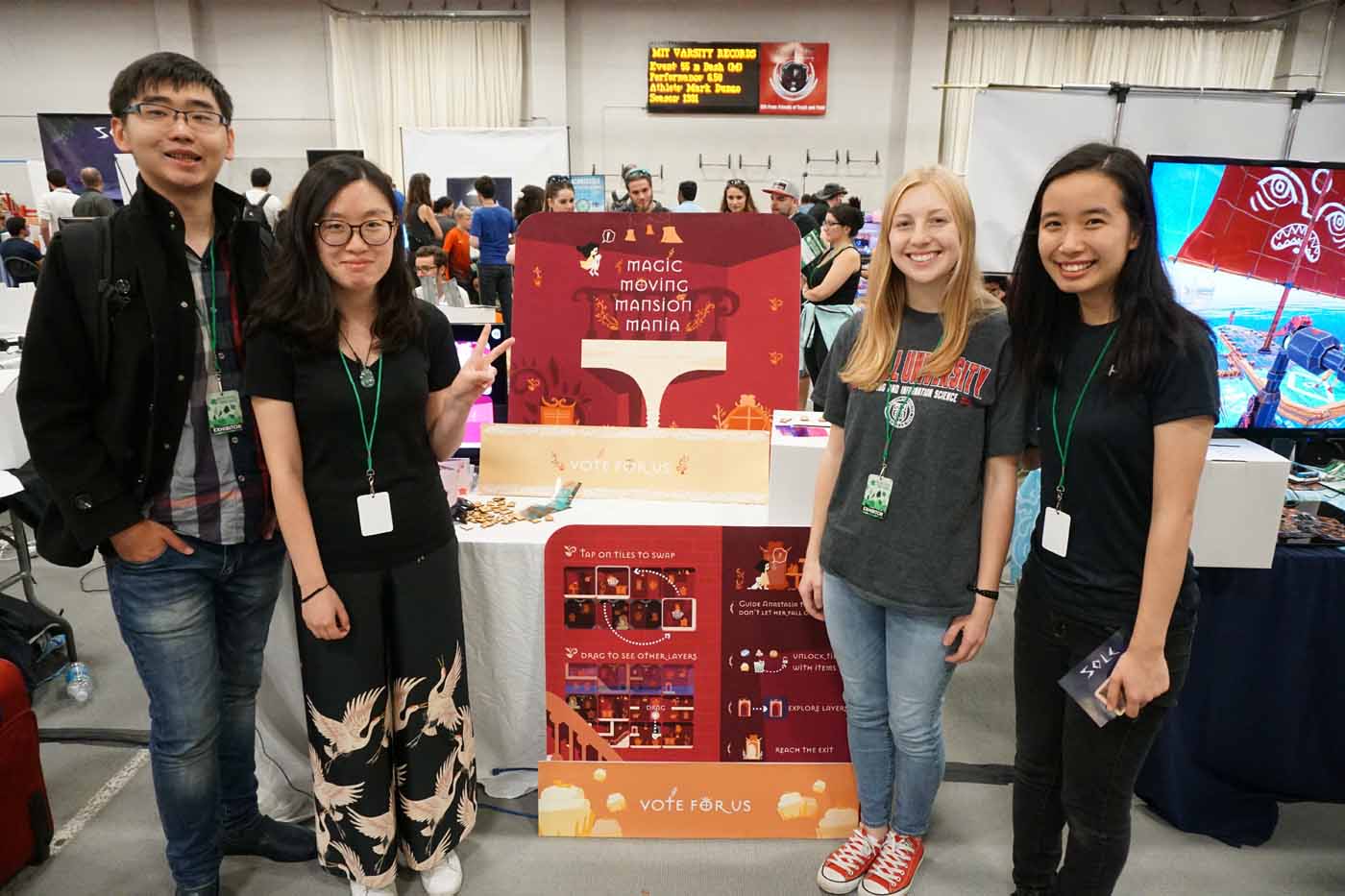
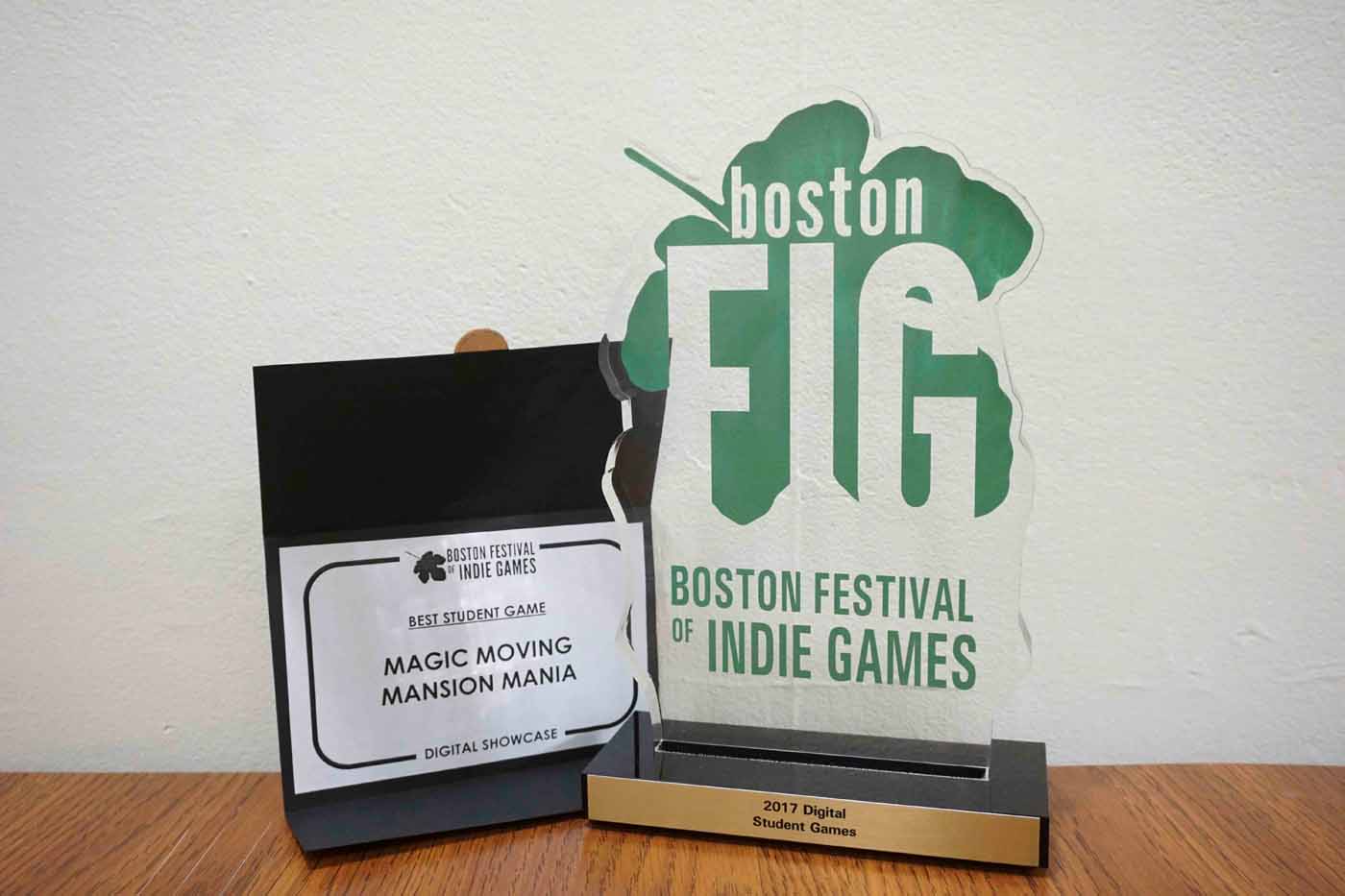
Promotional Material
We produced all promotional material, including laser-cut keychains and printed brochures.
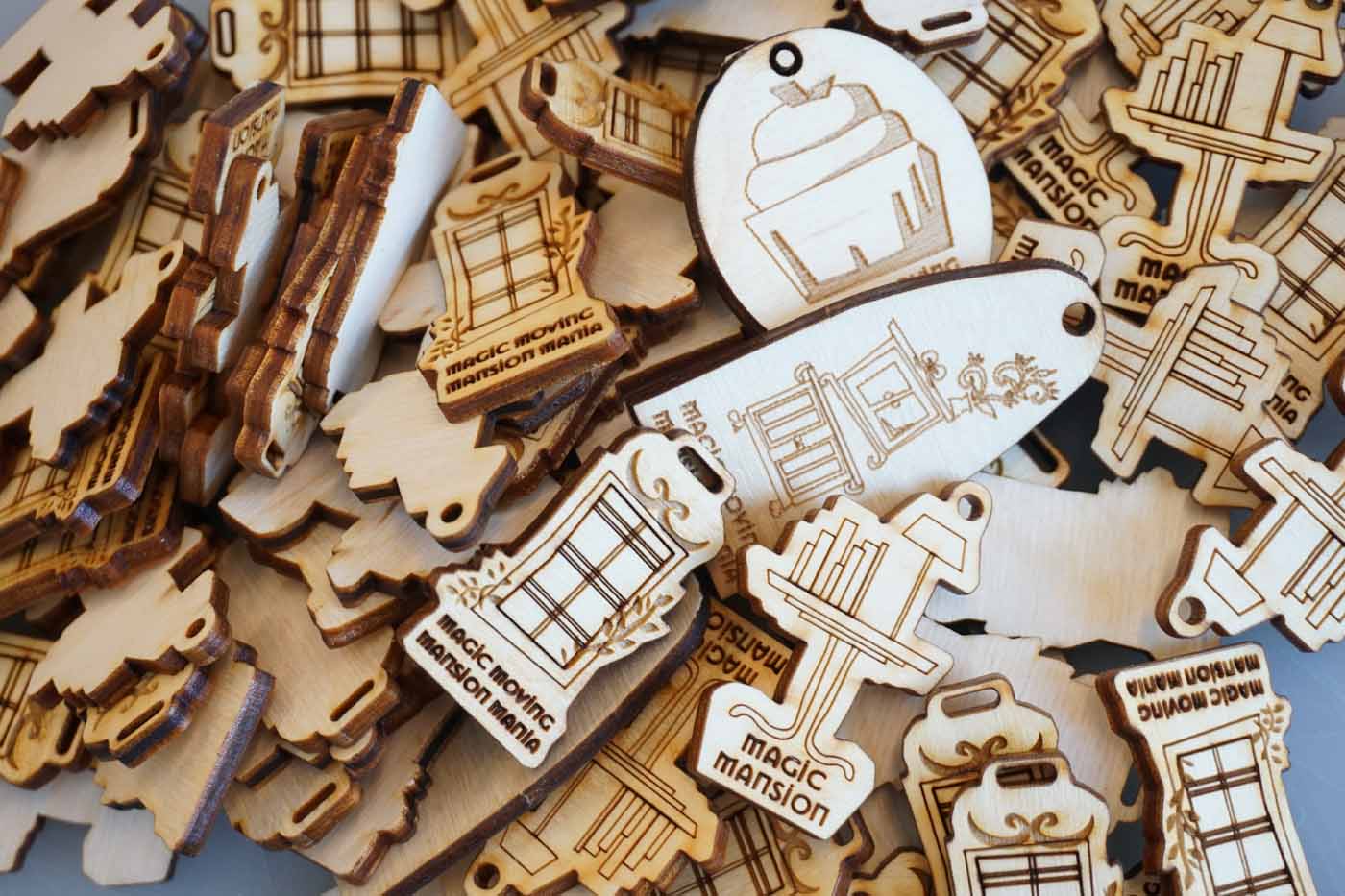
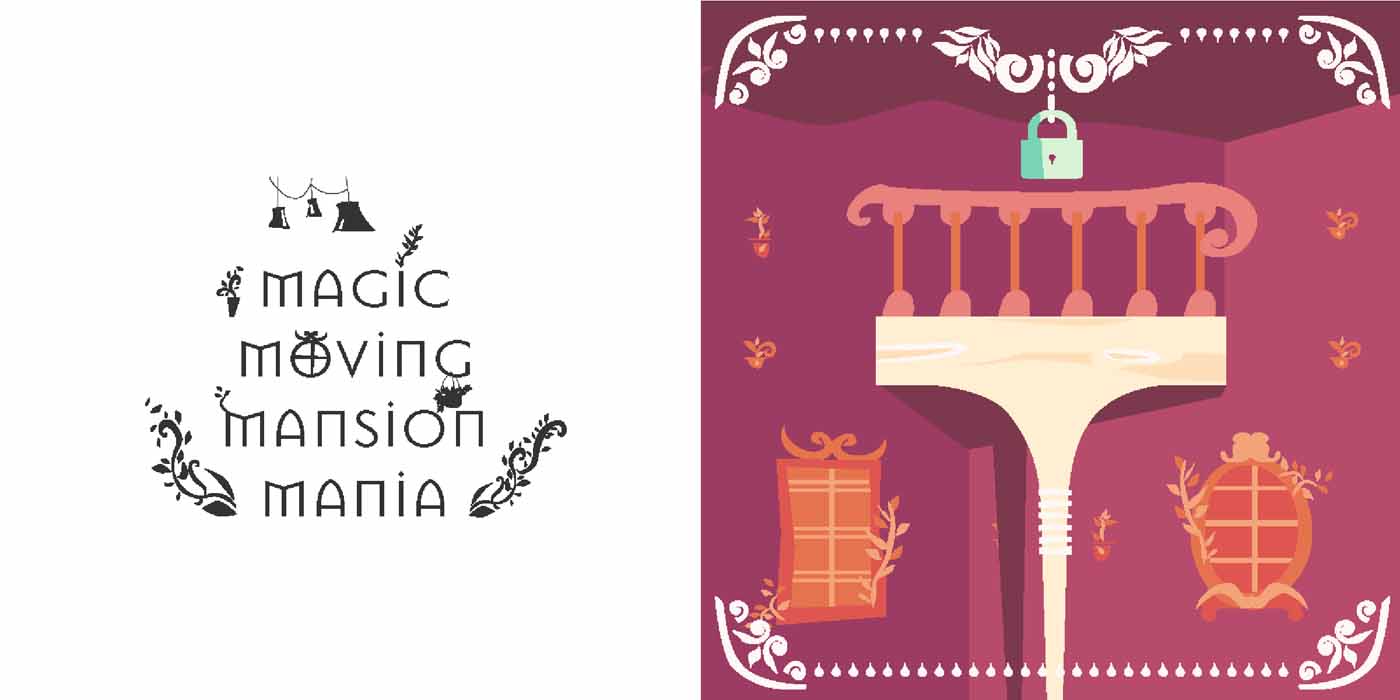
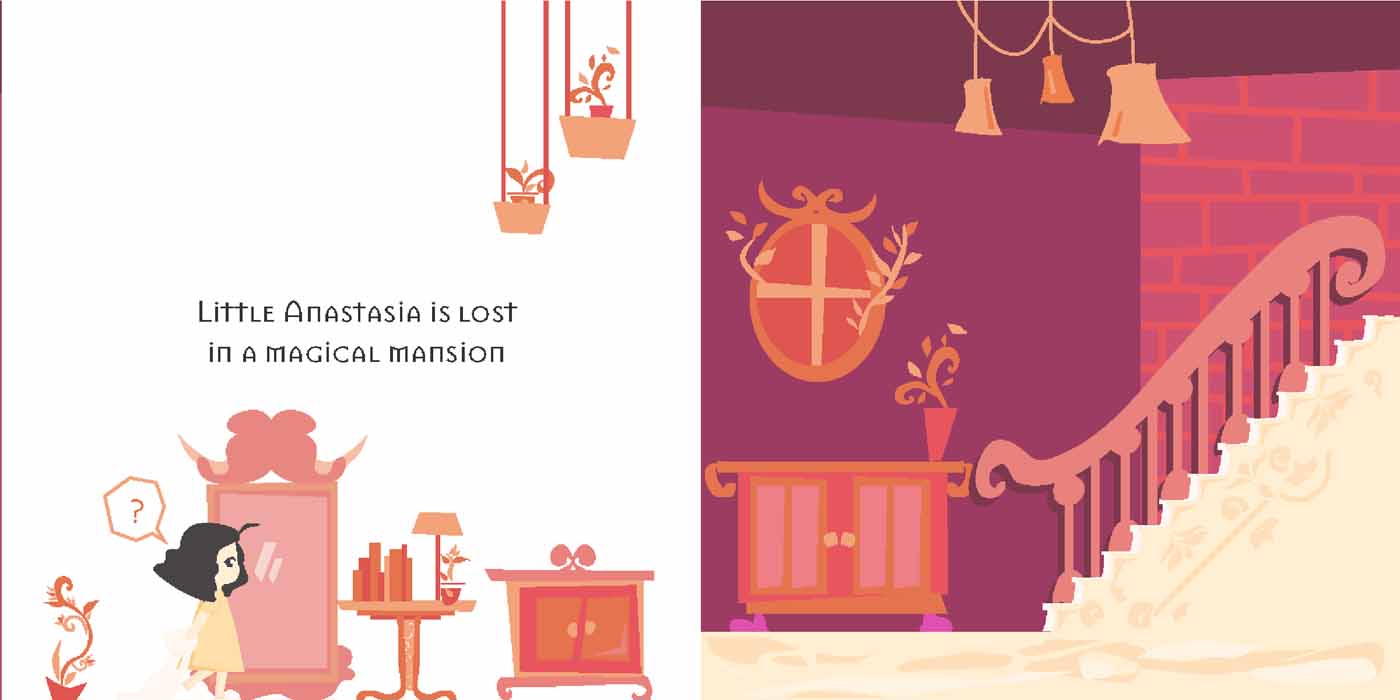

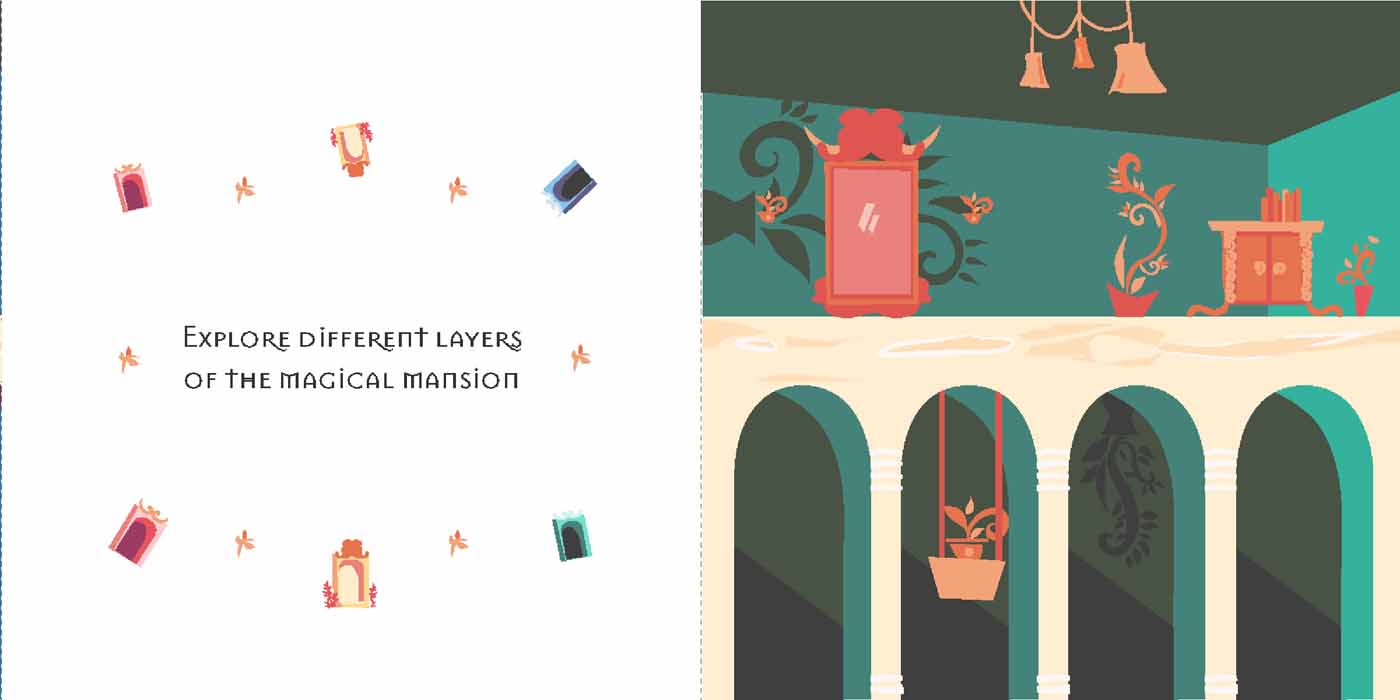
Reviews
“Yo what I just spent a good hour or so playing the game it’s addictive” - Huiqun
“I played this until my phone died yesterday 😛” - Anna
“i just spent forever playing it it’s so good!!!” - Huijie
Special thanks to Walker White and Traci Nathans-Kelly for their patient mentorship, and to the Boston Festival of Indie Games for having us. A very big thank you to everyone who played our game, from our earliest playtesters to everyone who stopped by during the GDIAC showcase and at BostonFIG.
